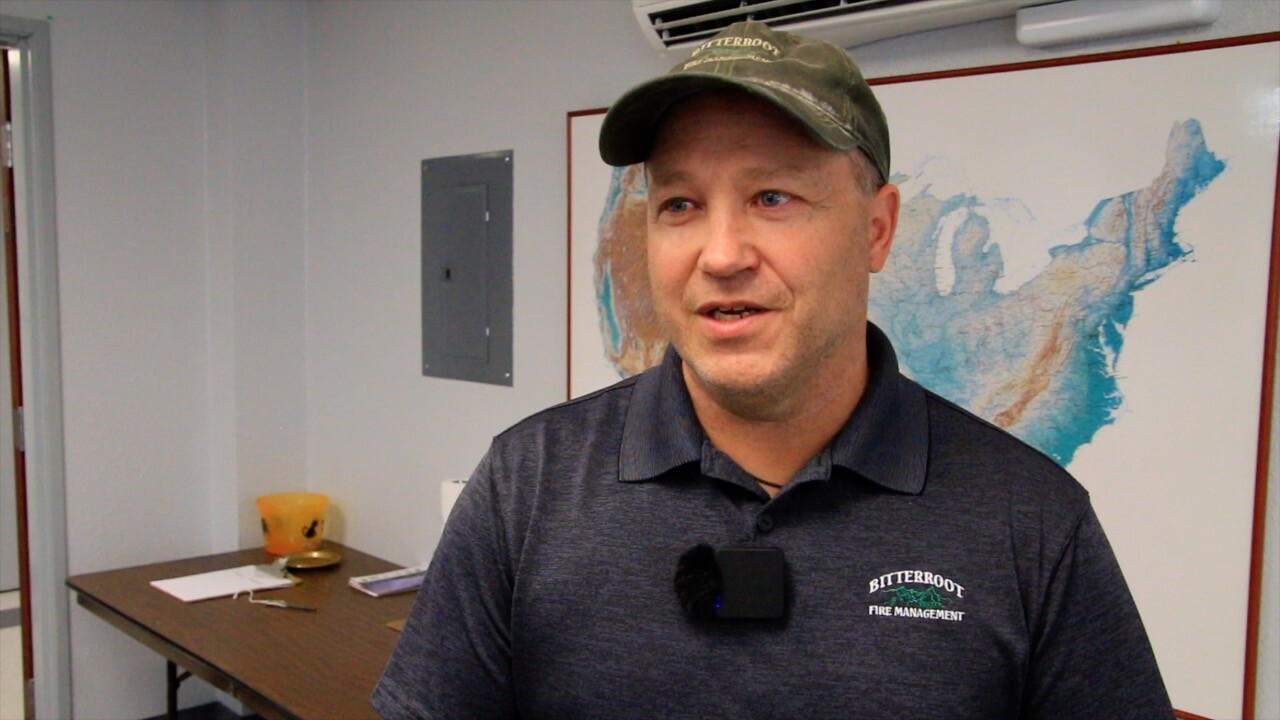HAMILTON - As we hit the mid-point of August, there's still a lot of fire season to go and right now the hot, dry conditions are expected to continue through the end of the month.
The weekend storms that moved through didn't provide much in the way of moisture at all and there's a lot of growing concern because there's no rain in the forecast.
If there's one word that describes Western Montana forests and fields right now, it would be "crispy" and after the last push of monsoon moisture failed to produce, much, that's not likely to change soon.
"Yeah, over the last week we've had quite a bit of lightning on the forests, but yeah, again, the precip was really localized," Bitterroot National Forest Fire Manager Mark Wilson said. "We picked up four new starts out of that fire, two of them out of that lightning. Two of them are out, two are still being worked on at this point. Expect holdovers over the next week. And again, it's just stuff continued back to hot and dry and still in those extreme conditions."
Wilson, and Emergency Management Director Eric Hoover told Ravalli County commissioners that while the Bitterroot's fire season has been relatively quiet, the potential for hire remains "extreme". That's proven by the weekend flareup on the Hog Trough Fire above the Skalkaho, and the continued intensity of the big Moose Fire in Idaho.
There was also the speed of the Elmo Fire two weeks ago and the Lolo National Forest reported some 200 lightning strikes over the weekend. All of this comes against a level of dry conditions that we haven't seen in five years.
"With bouncing against that worst conditions we've ever seen. We haven't set records yet. Maybe one day, but we're bouncing right against those maximum dryness," Wilson explained.
Hoover told commissioners there had been only two human-caused fire starts in the valley last week. Wilson says people not using enough caution remains the largest concern.
"Definitely. And that's one reason for the restrictions. I would say people have been really good about campfires this year, but we really want to keep an emphasis on that."
And it's not just forest fires. There's concern that tinder dry conditions in the valleys and the middle elevations are a major risk because that's where we see many of the human-caused fires start.






